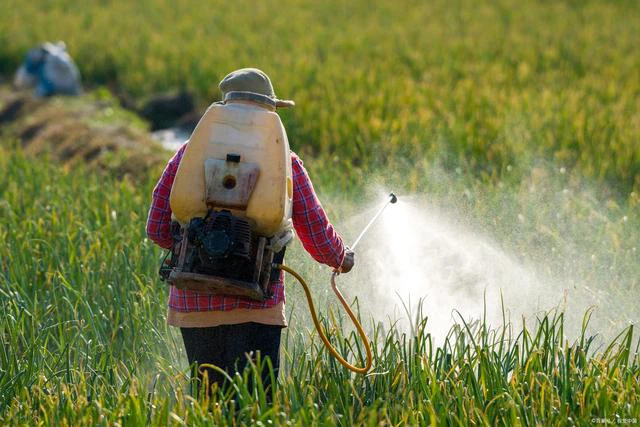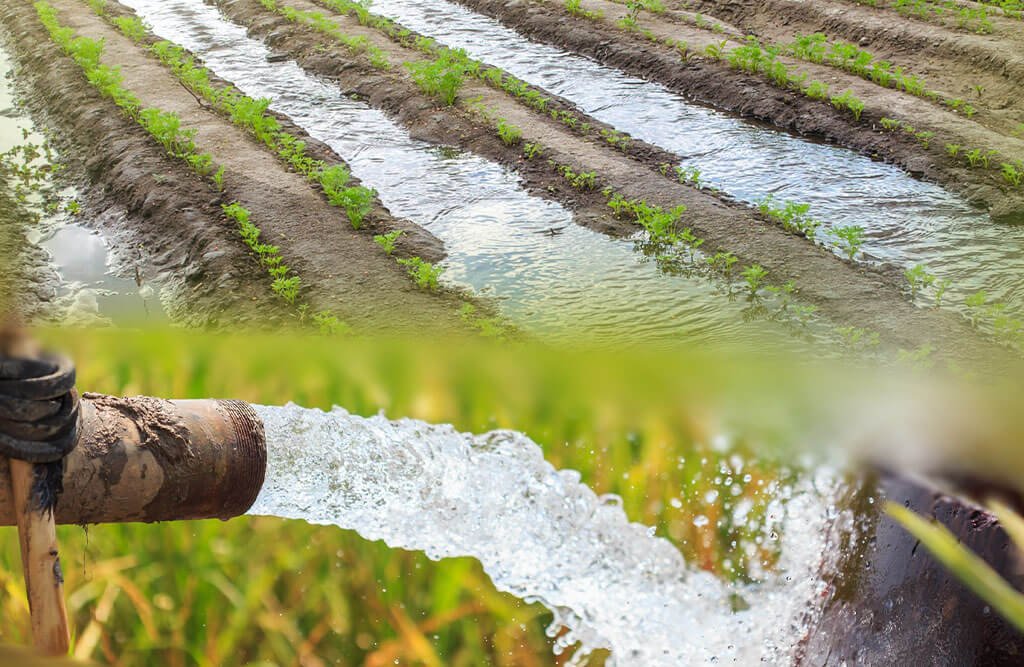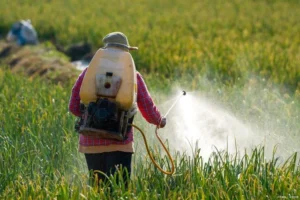Introduction
Effective Pest Control Strategies is essential for maintaining healthy crops and ensuring agricultural productivity. With the increasing challenges posed by pests and diseases, farmers must adopt strategies that not only protect their harvests but also promote sustainability and environmental health. This article explores various pest control strategies in agriculture, including organic methods, integrated pest management (IPM), and the use of innovative technologies. By understanding these approaches, farmers can implement effective solutions to combat pests while minimizing the reliance on harmful chemicals.
Key Pest Control Strategies

1. Integrated Pest Management (IPM)
Integrated Pest Control Strategies is a holistic approach that combines various Pest Control Strategies to minimize reliance on chemical pesticides.Pest Control Strategies
- Cultural Practices: Techniques such as crop rotation, intercropping, and proper spacing help disrupt pest life cycles and reduce infestations.
- Biological Controls: Introducing natural predators, such as ladybugs for aphid control, can effectively manage pest populations without chemicals.
- Monitoring and Thresholds: Regular monitoring of pest populations allows farmers to apply control measures only when necessary, reducing pesticide use.
Research indicates that IPM can lead to a significant reduction in pesticide application while maintaining crop yields and improving ecosystem health 2.
2. Organic Pest Control Methods
Organic farming emphasizes the use of natural techniques to manage pests without synthetic chemicals.
- Crop Rotation: Planting different crops in succession helps prevent the buildup of specific pests and diseases that target particular plants 1.
- Companion Planting: Growing complementary plants together can deter pests. For example, marigolds planted with vegetables can repel nematodes.
- Natural Predators: Attracting beneficial insects through habitat manipulation can enhance pest control efforts. For instance, planting insectary strips can support populations of predatory insects 3.
3. Physical Barriers
Using physical barriers can effectively keep pests away from crops.
- Row Covers: Lightweight fabrics can protect plants from insects while allowing sunlight and rain to penetrate.
- Fencing: Installing fences or netting can deter larger pests such as deer and rabbits from accessing crops 1.
4. Innovative Technologies
Advancements in technology are providing new tools for effective pest management.
- Precision Agriculture: Using data analytics and remote sensing technologies enables farmers to target pest management efforts more accurately, minimizing pesticide use 3.
- Smart Traps: Devices like sticky traps provide continuous monitoring of pest activity, allowing for early detection and intervention without the need for chemicals 6.
- Drones and Imaging Technology: Drones equipped with imaging sensors can identify areas of crop stress or pest presence, enabling timely responses.
5. Homemade Organic Pesticides
When natural methods are insufficient, farmers can create homemade organic pesticides using common household ingredients.
- Neem Oil: Derived from the neem tree, this natural pesticide is effective against a wide range of pests when used as a foliar spray.
- Soap Solutions: A mixture of water and mild soap can help control soft-bodied insects like aphids by suffocating them 1.
Conclusion
Implementing effective pest control strategies is crucial for sustainable agriculture. By adopting integrated pest management practices, utilizing organic methods, employing physical barriers, leveraging innovative technologies, and creating homemade solutions, farmers can protect their crops while minimizing environmental impact. As the agricultural landscape continues to evolve, embracing these strategies will be essential for ensuring food security and promoting healthy ecosystems.
Explore these pest control strategies on your farm—consider integrating sustainable practices that enhance productivity while protecting your crops!
Q&A Section
Q: What is Integrated Pest Management (IPM)?
A: IPM is a holistic approach that combines various pest control methods—such as cultural practices, biological controls, and monitoring—to minimize reliance on chemical pesticides.
Q: How does companion planting help with pest control?
A: Companion planting involves growing complementary plants together to deter pests naturally; for example, marigolds can repel nematodes when planted alongside vegetables.
Q: What are some examples of homemade organic pesticides?
A: Homemade organic pesticides include neem oil sprays and soap solutions made from water mixed with mild soap to suffocate soft-bodied insects.
Resources
- Organic Pest Control: Effective Strategies for Protecting Your Crops – Reag Tools
- Modern Techniques in Integrated Pest Management – International Journal
- Pest Control in Agriculture: Leveraging Technology Effectively – Farm21
- Agricultural Pest Control Solutions – Jiffy Group
- Durable Solutions for Pest Control in Agriculture – CSIRO
- Effective Pest Control Solutions for Agricultural Operations – DAVIK Tape







